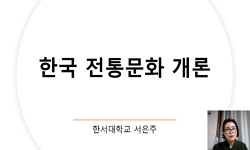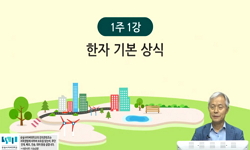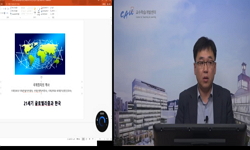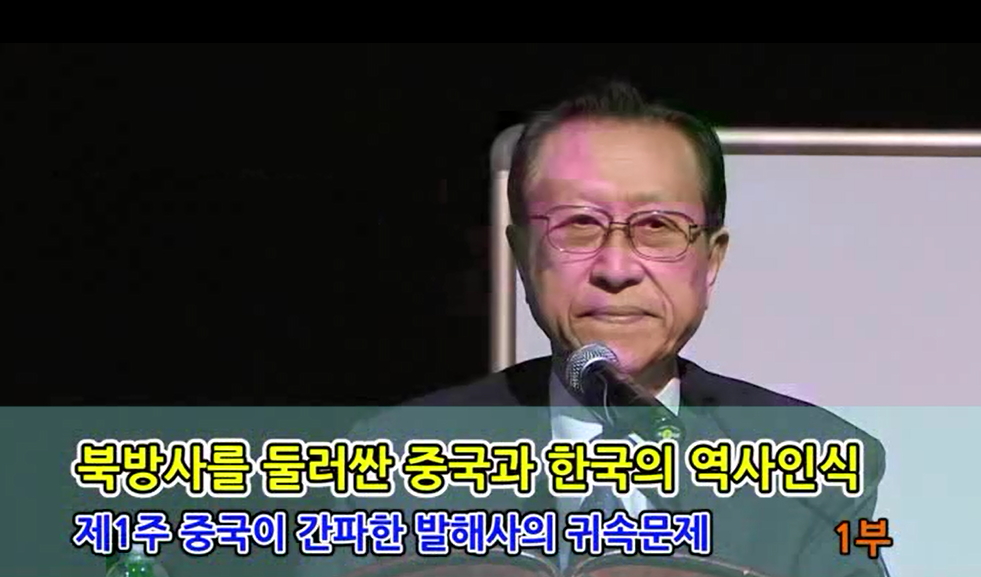본 연구에서는 한국, 중국, 일본 등 동아시아 3국의 문화를 쉽게 이해할 수 있는 다양한 미디어 다큐멘터리 자료를 발굴하고 분석하여 활용할 방안을 찾아보았다. 먼저 다양한 영상 자료를 ...
http://chineseinput.net/에서 pinyin(병음)방식으로 중국어를 변환할 수 있습니다.
변환된 중국어를 복사하여 사용하시면 됩니다.
- 中文 을 입력하시려면 zhongwen을 입력하시고 space를누르시면됩니다.
- 北京 을 입력하시려면 beijing을 입력하시고 space를 누르시면 됩니다.
다원화 시대의 동아시아 역사 교육을 위한 미디어 다큐멘터리 자료의 분석과 활용 방안
한글로보기https://www.riss.kr/link?id=G3761633
- 저자
-
발행기관
-
-
발행연도
2010년
-
작성언어
Korean
-
주제어
21세기 ; Popularizing History ; Image Materials ; Documentary ; Educational Methods ; Education of History ; East-asia History ; Media-Documentary ; Analyze Documentary ; Crisis of History ; 갈등 ; 과거사 문제 ; 국제화 ; 근대화 ; 다원주의시대 ; 다큐멘터리 ; 대립 ; 도자기 ; 동아시아 ; 문화 통합 ; 문화공동체 ; 불교 ; 상호이해 ; 생활문화 ; 세계화 ; 식민지시대 ; 신분계층 ; 역사교육 ; 영상자료 ; 영토분쟁 ; 영화 ; 유교 ; 일본 ; 사무라이 ; 전통문화 ; 제국주의 ; 양반 ; 중국 ; 사대부 ; 차 문화 ; 한국 ; 한자 ; 화해
-
자료형태
한국연구재단(NRF)
-
0
상세조회 -
0
다운로드
부가정보
국문 초록 (Abstract)
본 연구에서는 한국, 중국, 일본 등 동아시아 3국의 문화를 쉽게 이해할 수 있는 다양한 미디어 다큐멘터리 자료를 발굴하고 분석하여 활용할 방안을 찾아보았다. 먼저 다양한 영상 자료를 수집하였다. 영상 자료는 영화와 다큐멘터리였다. 그 가운데에서도 다큐멘터리가 주류였다. KBS, MBC, SBS 등 공영 방송과 다양한 방송 매체를 통해서 제작 방송된 것이었다. 국내 다큐멘터리는 2000년 이후 많이 제작되었다. 그것은 해외의 역사와 문화에 대한 관심이 늘어나면서 다양한 다큐멘터리가 제작되었기 때문이다.
동아시아의 역사와 문화를 소개하는 영상 자료 역시 적지 않았다. 중국에 대한 관심이 늘어나면서 중국 관련 영상 자료가 크게 증가하였다. 몽고 등의 중앙아시아와 동남아시아와 관련된 영상자료도 점차 늘어나고 있다. 일반 대중을 대상으로 하는 자료이기 때문에 전통 문화와 생활에 관련된 자료는 상대적으로 적었고 조잡한 자료도 있었다.
수집한 영상자료를 분류하여 동아시아 전통 문화의 소개와 강의에 필요한 자료들을 찾아내었다. 수집된 자료는 주제나 활용 가치에 따라 구분하였고, 부분적으로 활용할 수 있는 자료도 따로 분류하였다. 초기에 제작된 다큐멘터리 자료들은 과거의 전쟁과 갈등에 관련된 자료가 많았다. 제작자가 다양해지면서 점차 해외 문화 이해에 도움 되는 자료가 늘어나는 추세이다. 영상 자료를 직접 강의에 활용하면서 자료의 가치와 수업 효과를 평가하기도 했다.
그 자료 분석을 토대로 동아시아 3국의 전통 문화와 교류를 강의하는 활용 방안을 찾았다. 시기적으로는 수당 시대 동아시아 사회가 형성된 이후 현재까지를 대상으로 했다. 수당 시대에 한자와 불교, 유교 문화가 확산되었고 그 이후 각국의 독특한 문화로 발전하기도 했기 때문이다. 그것을 한자와 인쇄 문화의 발전, 유교와 지배 계층(사대부, 양반, 사무라이)의 성립, 가족(남녀 평등) 문화의 형성, 도자기와 차 및 생활 문화의 발달, 근대화와 도시화의 과정 등의 주제로 구분하여 활용 방법을 찾아보았다.
이러한 영상 자료를 활용한 동아시아 전통 문화에 대한 역사 강의를 통해서 학생들로 하여금 동아시아 삼국의 문화의 동질성을 파악하게 하고, 대립과 갈등의 구조를 극복하고 화해와 공존의 길을 모색할 수 있는 사고의 전환을 이끌어낼 수 있을 것이라고 기대한다.
다국어 초록 (Multilingual Abstract)
I, through this research, tried to seek a measure of finding, analyzing and using media-documentary materials as history education instruments to make students of Korea, China and Japan understand each other's culture and history with ease and intimac...
I, through this research, tried to seek a measure of finding, analyzing and using media-documentary materials as history education instruments to make students of Korea, China and Japan understand each other's culture and history with ease and intimacy. Many of materials collected are composed of films and documentaries. Television medias like KBS, MBC, SBS etc. have produced many invaluable documentaries. A lot of documentaries have been produced domestically after 2000, since the interest of Korean in foreign history and culture have increased.
It is natural that as people's interest in China increases, majority of the pictures are introducing Chinese culture and history. And there are not a few materials about Japanese culture and history too. Recently more and more media-materials are being produced upon Mongolian culture, Middle Asian culture and East-South Asian culture. Because these documentaries are made for general public, not for experts or students, the level of the contents can not be estimated too high.
Through classification and analysis on these amount of pictural materials, I can find out useful materials for class activity introducing and teaching traditional cultures in history class. According to the themes some can be used as a whole, and others can be used just partly. While materials produced in the past had tendency of treating wars and conflict among nations, increasingly those produced recently have contents which can encourage understanding of foreign cultures.
These materials are analyzed and valued through real application to history class and also by collecting the response of the students. A unique historical term, East Asia Society, is said to be formed in the middle age of Chinese history, especially in Sui-Tang dynasty. Three countries began to have many things common in culture since this age. Chinese character, Buddhism and Confucian culture expanded through this area, and each country developed its own unique feature upon them. And we also have many common factors, of course with some differences, in the fields such as the nature and form of upper class(Shih-ta-fu, Yang-ban, Samurai), family life and culture, porcelain culture, tea culture, and the procedure of modernization and urbanization among three nations history. Young generations, exposed to the many common cultural features of three countries formed in the long procedure of history, are expected to have more friendly feelings against each other and tendency to understand each other rather than hostility and self-centered world view.











